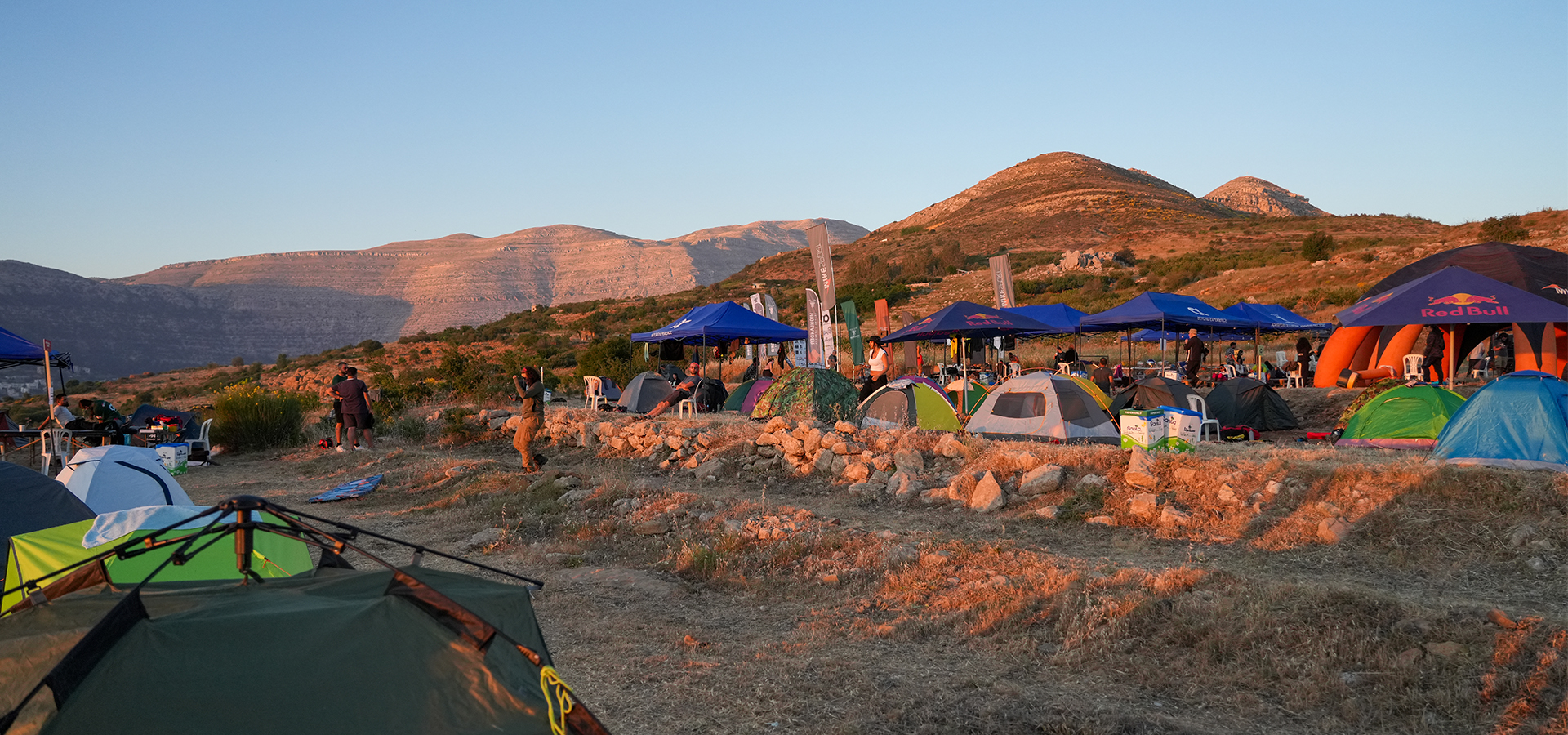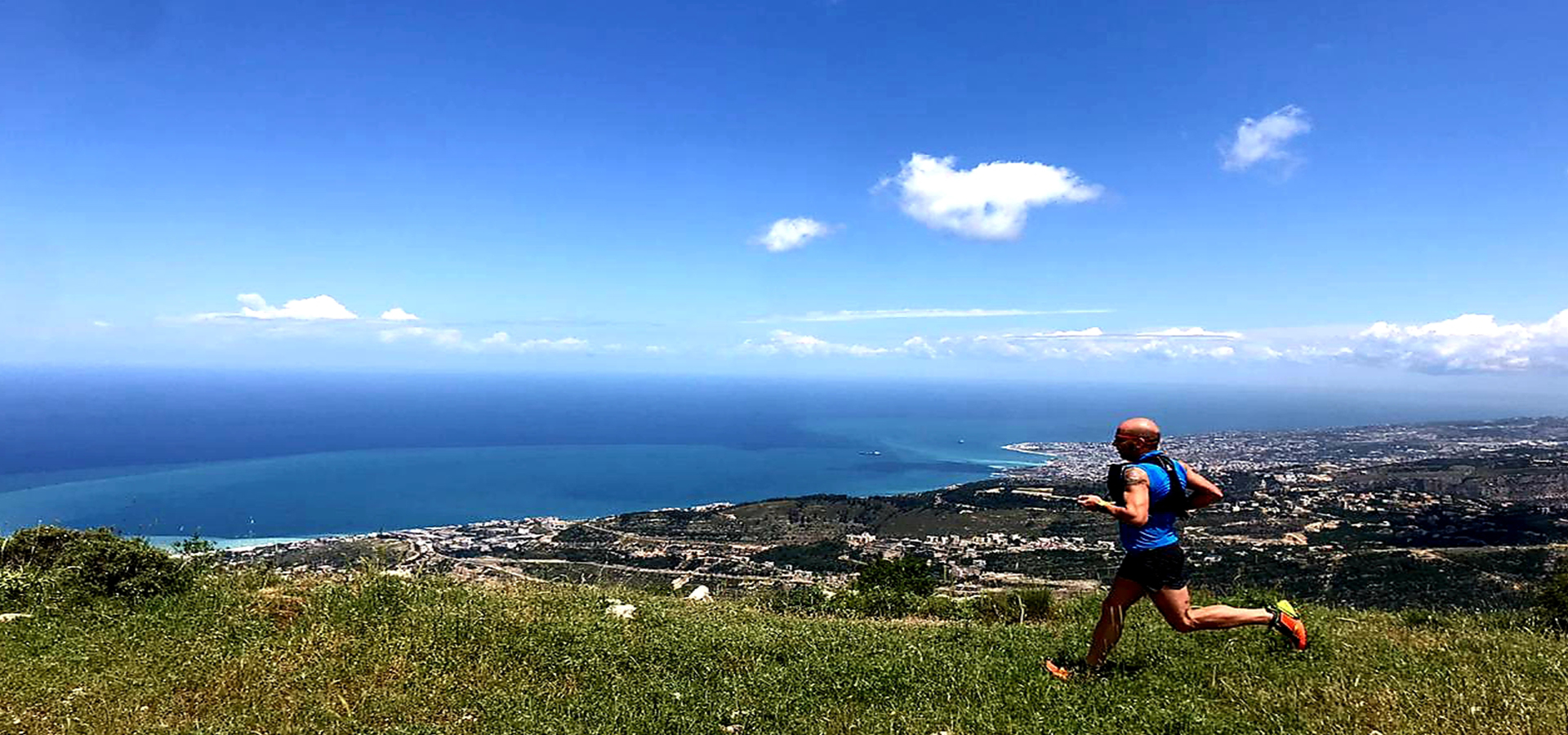
Trail Food
- December 7, 2020
- 0
Cover Image Credits: Georges Saado
You can train as hard as you want and strive to be the best you can be, but without good nutrition you will fail to provide your body with adequate nutrients to compensate your training efforts. Nutrition is certainly a key in maintaining optimal recovery and good performance levels.
Individuality is crucial. What works for others might not work for you. It’s a whole learning process that you can go through during your trainings to discover the foods you tolerate best. Stick to what feels good and eliminate all foods that disturb your system.
By the end of this article, you will have a better understanding of what to consume during your outdoor activity, but it is up to you to choose how much to eat. If you’re used to train on an empty stomach, follow the rule of “Start low and go slow”, meaning start with a small food quantity and progressively move to larger portions.
Carbohydrates
Most endurance athletes immediately think about carbohydrates when asked about nutrition. Carbohydrates coming from food are stored in the liver and the muscles to provide the necessary fuel during exercise. Your body is unable to break down other substrates (like protein and fat) fast enough to be used as energy. Therefore, quantity and quality of carbohydrates are very important.
A sign of too much carbohydrates: Weight gain.
If you consume more carbohydrates than you expend, even when your training volume is increasing, weight gain is very normal. Consider calculating your macronutrient needs to achieve energy balance again.
A sign of too little carbohydrates: Energy drain at the end of the training.
Even when you consume your mid-training snacks and fluids, feeling extremely tired at the end of the session is a sign that you are not eating enough carbohydrates during the week.
The trick is to ensure you give your body the right quantity of carbohydrates at the right time so that you top up glycogen stores and be ready for the next training session. This generally means fueling well after training because that is when your glycogen stores are depleted the most.
Recommended intake of carbohydrates
Before the activity, consume 2.5 g of carbohydrates per kilogram of your body weight.
Example: 80 g of porridge with some banana and honey, for a 70 kg person.
During the activity, consume 0.7-1.0 g of carbohydrates per kilogram of body weight.
Check the table in the next section for several options!
Immediately after the activity, consume 1-1.5 g of carbohydrates per kilogram of your body weight.
Example: 2 large bananas and 1 sport drink or 1 oatmeal, for a 70 kg person.
24 hours after the activity, consume 7-10 g of carbohydrates per kilogram of your body weight.
Example: 750 g of cooked rice or pasta divided into 3-4 meals, for a 70 kg person.
Carbohydrate snacks on the go
The human body can store approximately 2000 kcal of carbohydrates in the form of glycogen in the muscles and the liver and 40,000 kcal of fats in the subcutaneous form. If you want to maintain a certain speed and finish your session strong, consuming snacks on the way to fuel and stay energetic is essential.
There are lots of carbohydrate snacks for endurance athletes. You should be choosing what works best for you, the sport you do, the intensity of the session, your taste, your preference and convenience of carrying the snack with you while moving. Some people tolerate almost anything during exercise while others experience abdominal cramps and digestive disturbances. To overcome this discomfort, train your gut just like you train your muscles and cardiovascular system.
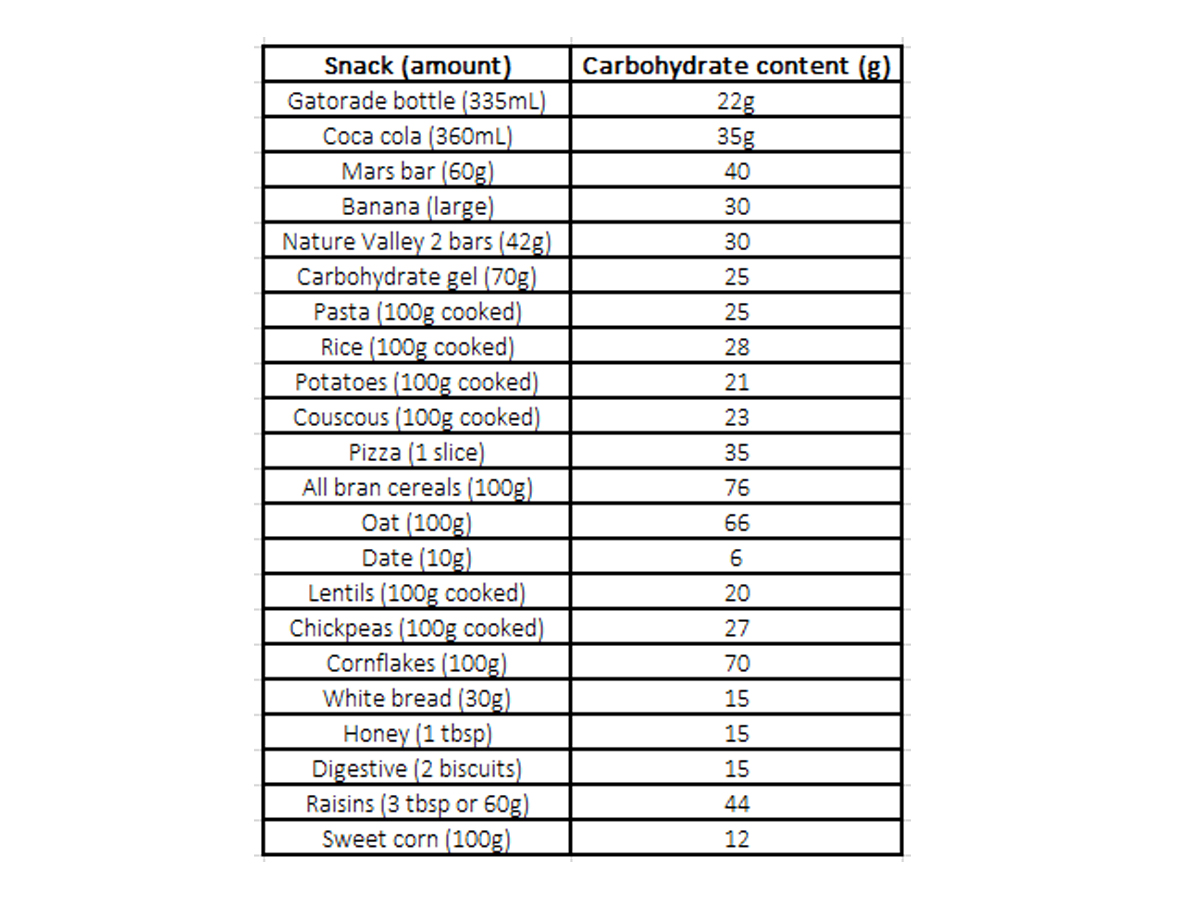
What to eat during long activities?
Activities lasting a bit longer than an hour: Bring some form of nutrition along to keep you energized and aid in recovery.
Example: gels, chews and fruits.
Aim for 30-60 g/h of carbohydrates. Try not to exceed 60 g/h to prevent stomach distress.
Activities lasting several hours: Consider mixing in some fat and proteins with the carbs to help you feel satiated and provide all nutrients needed to keep you going.
Example: energy bars, nuts, peanut butter & jam sandwiches.

Energy Gel
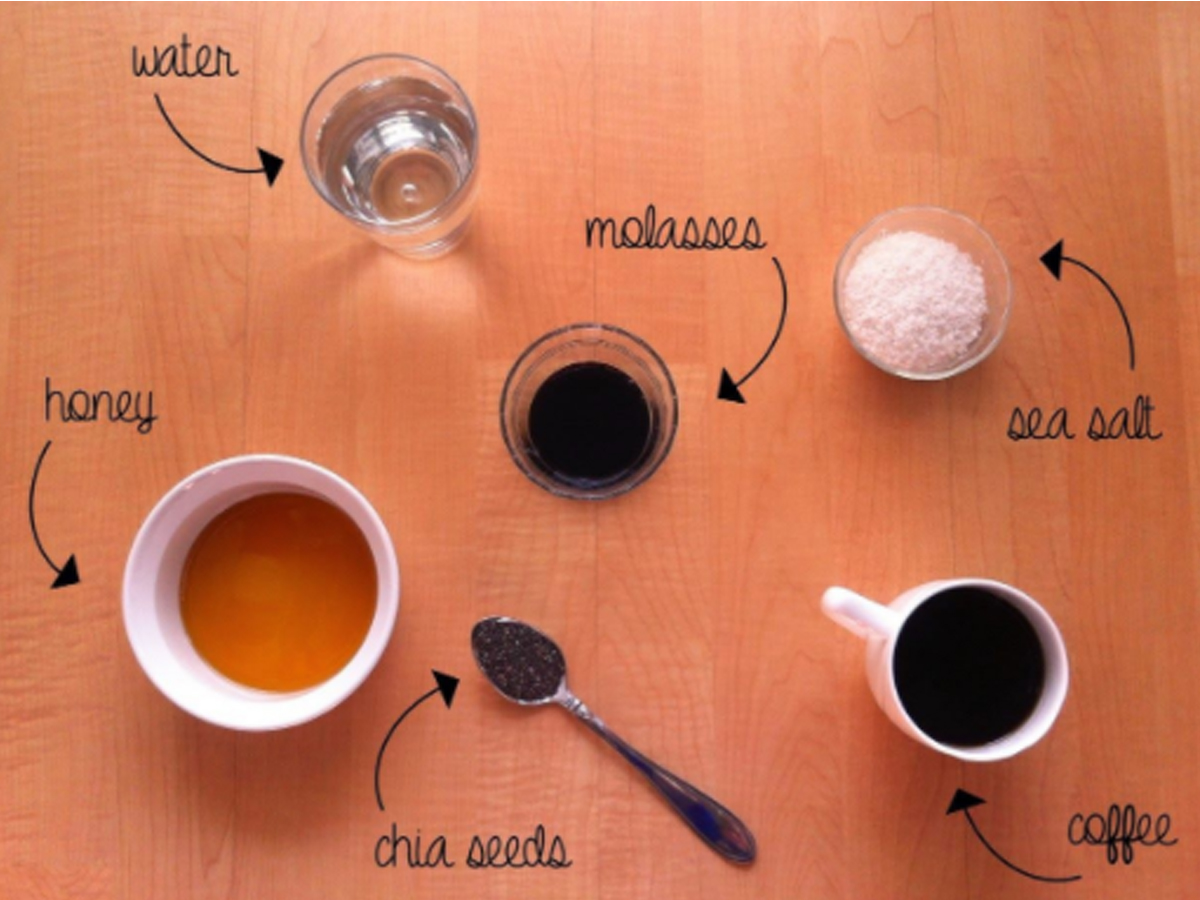
Why gels? Easy to consume, quick to digest and can be eaten on the go without needing to stop.
The decent energy gels can be expensive. So here’s how you make your version at home.
All you need are few ingredients and reusable food pouches. Pouches come in different sizes and seal tightly.
The whole purpose of taking gels is replenishing depleted glycogen stores during the activity. For this, choose carbohydrate-rich ingredients like honey or molasses for thickness; and wheat or oat for the starch. These do not only provide the needed carbohydrates but they are also packed with lots of fibers, vitamins and minerals such as iron, potassium, manganese and calcium. Add a sprinkle of salt for extra sodium and maybe some whey protein powder for proteins. If you’re targeting a specific time and want to perform your best, you can also add some coffee powder to the gel mix for a performance boost.
Homemade snacks
Now it’s your time to try making adventure-worthy snacks that are both easy and delicious!
Energy gels
– 3 Tbsp honey
– 2 Tbsp molasses
– 1 tbsp peanut butter (optional)
– ¼ cup seeds
– Pinch of salt
– 1 tsp ground coffee
Combine the whole ingredients together in a large bowl and stir until smooth.
Let it cool in the fridge for 15 minutes until it hardens
Place the mix inside the pouches, seal and return to the fridge
Energy balls
– 2 cups rolled oats
– 3/4 cup peanut or almond butter
– 1/3 cup chocolate chips
– 1/3 cup honey
– 1/4 cup seeds
– Your favorite nuts or coconut
– Cinnamon
Mix well and roll into balls (wet your hands so they don’t stick).
Place in the fridge for a couple of hours or overnight until firm.
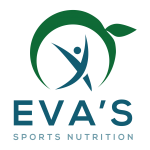
Eva-Maria Kahwaji, Dietitian and Sports Nutritionist
Address: Batroun, Hazmieh
Phone +961 70 444333
Facebook: Eva’s Sports Nutrition
Instagram: Evassportsnutrition







